The Harvey Girls
Absent Playwright in a Forgotten State
“What is the point without a playwright?” It was my initial thought as the lights dimmed in the Centennial Theatre. Director Ben Tyler had just introduced the reading we were about to see: a two-act comedy, The Harvey Girls, written by Julie Jenson. The play is a historical fiction set in the 1880s at one of the famous Harvey House restaurants that existed along the railway line in Arizona. The reading was part of the theater’s New Works Festival. Readings of new works are often entertaining, exciting, and most importantly beneficial to the further growth of the piece. But if the playwright is not present, that last point becomes moot. But the experience was not inherently pointless because of a major anomaly—I was just curious about the reading’s purpose.
When I asked Tyler after the show why he chose a reading for the series by a Utah playwright who had no intent of visiting, he explained it was about the subject more than the developmental process. The Harvey Girls is about Arizona. Name another well-known play that is. “There are plays about New York or Chicago being written all the time, but where are the plays about Arizona?” the director asked.
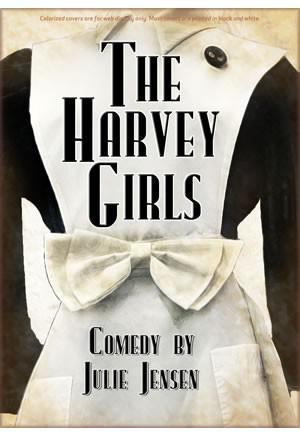
Publishing.
There are plays about New York or Chicago being written all the time, but where are the plays about Arizona?
Phoenix is the sixth largest city in the country, but in order for me to see a new piece of theater in late August, I had to travel twenty miles west of the metropolitan area to Peoria, Arizona’s Performing Arts Center. It’s not strange to take a hike for culture in this desert. But I find it frustrating when people preface arts here with the word “wasteland.”
There are almost 1.5 million people living in this concrete jungle where dreams are made of sand dust, but if you’re a local theater practitioner, it’s not strange to drive half an hour to rehearsal in suburbia. As a critic, I sometimes feel pressed for potential shows to review even within that large radius.
“There’s no culture in Phoenix”: five words all of us in the valley of the sun are quite familiar with. But, three reasons why the notion of “no culture” is just preposterous: A) The cultural normalization of twerking is well under way in the rest of the nation, and Arizona too is no stranger to this new Oxford English Dictionary entrant. Twerking on a sidewalk is technically some culture, and I’ve seen at least three girls twerking on the sidewalk in the past week. (I am only half-joking. I live next to Arizona State.) B) There’s actually a lot of cultural variety and diversity here that the complainant chooses to ignore, i.e., Hispanic culture and Native American culture—both here for hundreds of years. C) Sure, the art scene buzz is vastly disproportionate to the population, but it’s still here.
Why is Phoenix this way? Perhaps it’s because every other person you meet here is from somewhere else. It’s hard to create a unified personality when most of your city is made up of imports. A subplot in The Harvey Girls centered around infamous outlaw Big Nose Kate—the common law wife of John Henry Holliday, a gambler and gunfighter of the American Old West. In the reading talkback everyone in the half-full blackbox (about fifty people) nodded and said “Hmm” when it was revealed that she was an actual historical figure. No one had heard of her. Now picture that happening in Chicago with Al Capone. But who are the keepers of the culture keys in Phoenix? Who have been here long enough to know and tell the stories? Hence, when someone has a story to tell, best get that story told. Even in a play reading. Even if the teller can’t be present.
So why not just do “The Harvey Girls”? Why read it? In the talk back Tyler noted the play was an “odd ball” with a run-time of eighty minutes and a sixteen-person cast. Also, if you are a reader of HowlRound, you probably don’t need to be told twice that a new play in itself is difficult to market. A reading can serve as a middle-ground. Community members can enjoy new work, and theaters don’t need to invest in them. Not ideal, but something.
The play covered a huge gamut of topics and themes without a particular protagonist or plot arc. It had working women who discussed their job responsibilities, their relationships, and town gossip. There was a starlet, a Civil War veteran with PTSD, an outlaw, a runaway, an orphan, a Latino boy, a Native American girl.
Perhaps the resolve lies in trying less to answer in broad strokes what Phoenix (or Arizona) is about and hone in on particulars until a “culture” forms.
There were so many intriguing themes, but only a few of them developed. Often huge concepts were dropped into dialogue (a crack about Arizona Mormons, a veiled reference to homosexuality in the old west) and were gone faster than a haboob. It was difficult to know what this play was truly about, besides Arizona. Perhaps Arizona is in a vicious cycle. The culture is difficult to pin down, so the art reflecting the culture is also a mash, which is shown to audiences who then continue to believe Arizona arts lack a distinctive local flavor. Perhaps the resolve lies in trying less to answer in broad strokes what Phoenix (or Arizona) is about and hone in on particulars until a “culture” forms.
All that said, despite the lack of focus in The Harvey Girls, the crowd was delighted and charmed by this new piece. When the lights first went down on the stage, no one came out. The director got up, walked backstage, came back, apologized for the absence of a stage manager. The audience chuckled and pre-show music began: “Engine Number Nine” by Roger Miller. The couple in front of me sang along in good spirits. Maybe Arizona doesn’t know exactly what it is yet, but that’s not to say we’re not all enjoying the journey creating it.

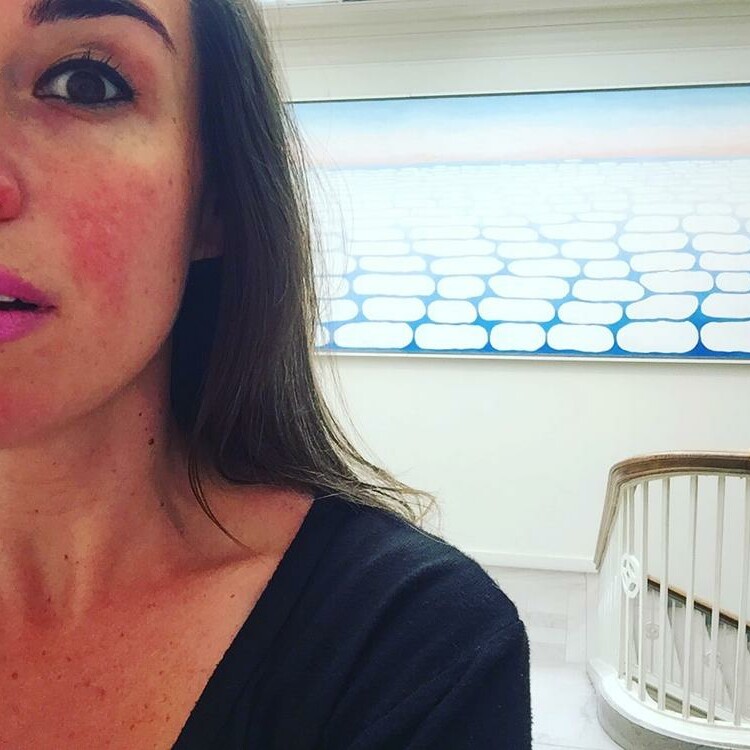
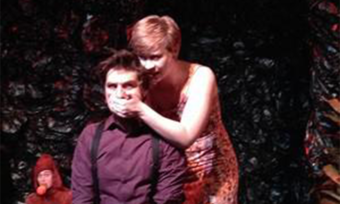

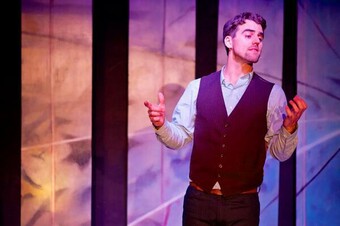
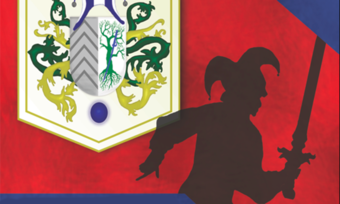
Comments
The article is just the start of the conversation—we want to know what you think about this subject, too! HowlRound is a space for knowledge-sharing, and we welcome spirited, thoughtful, and on-topic dialogue. Find our full comments policy here